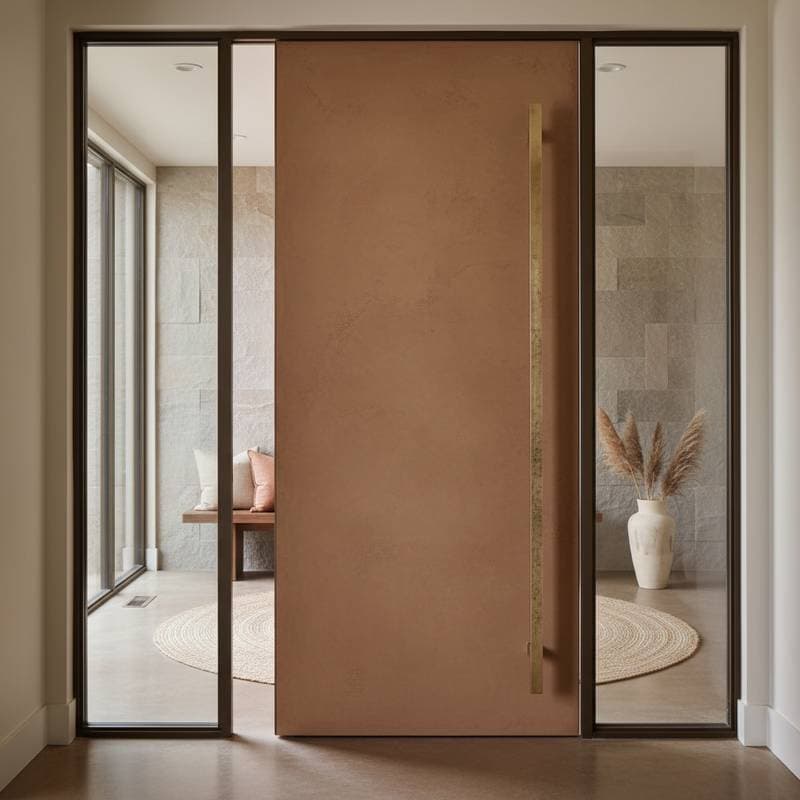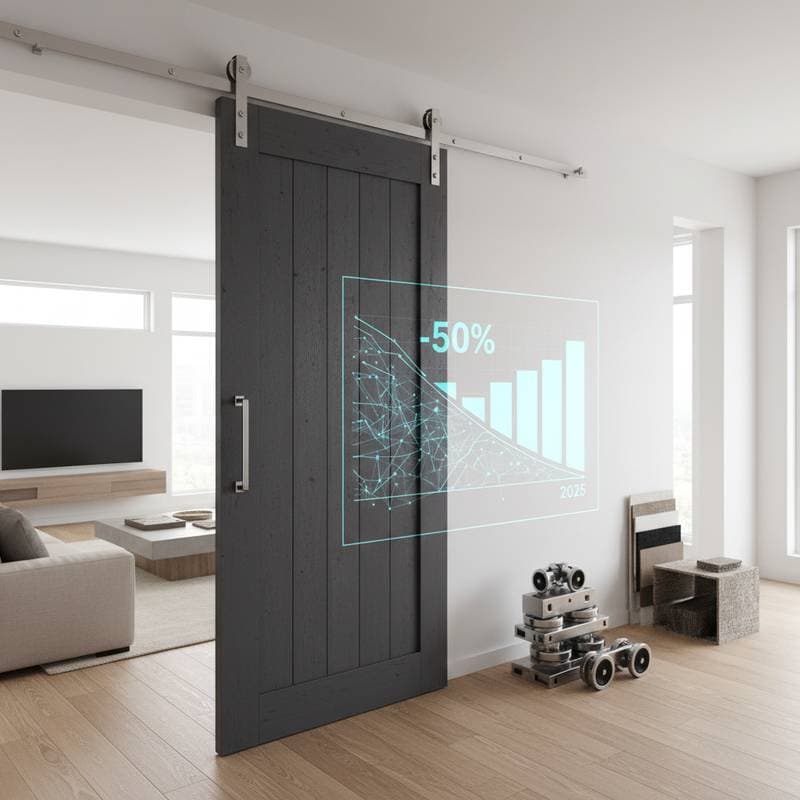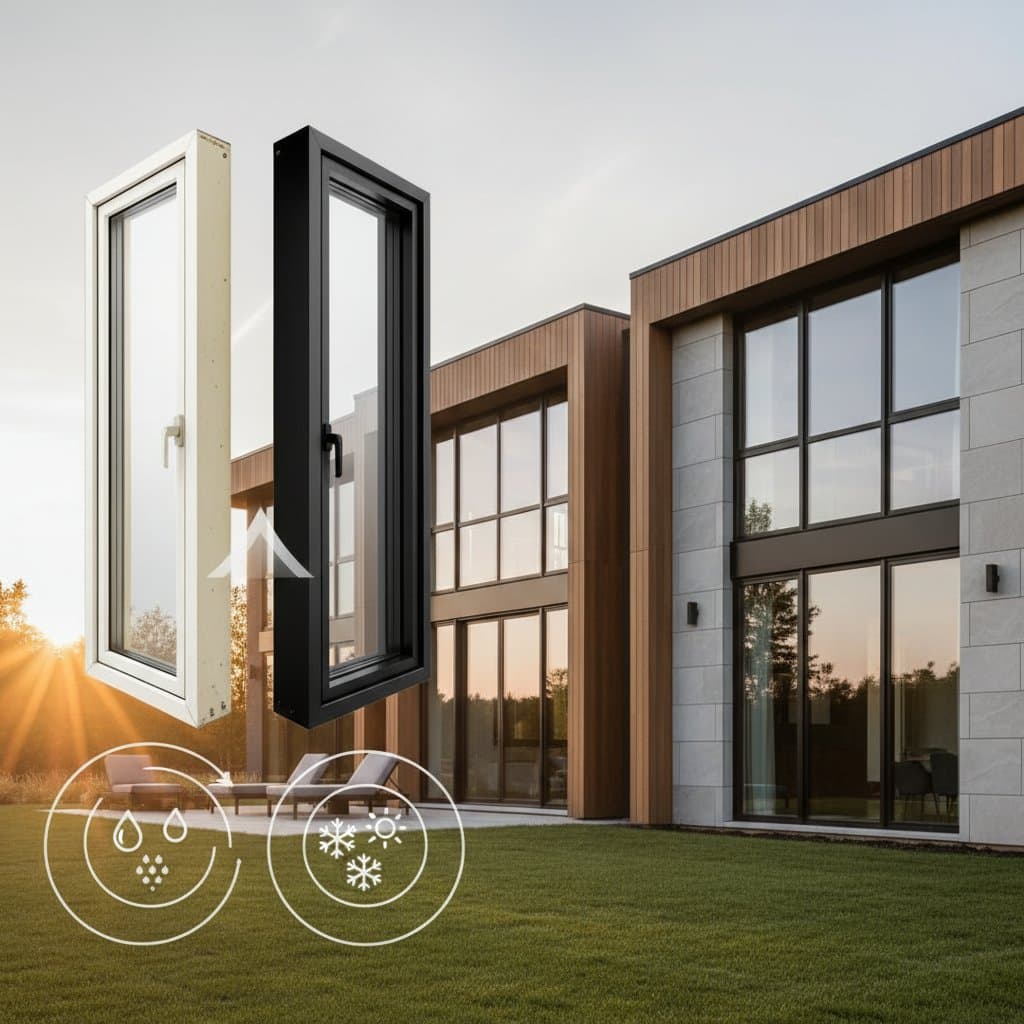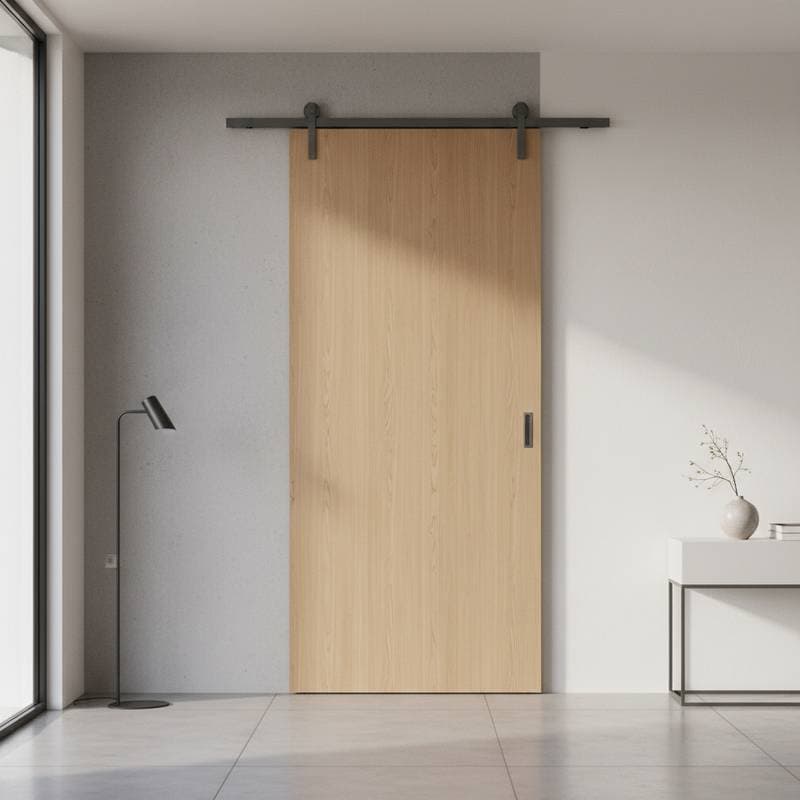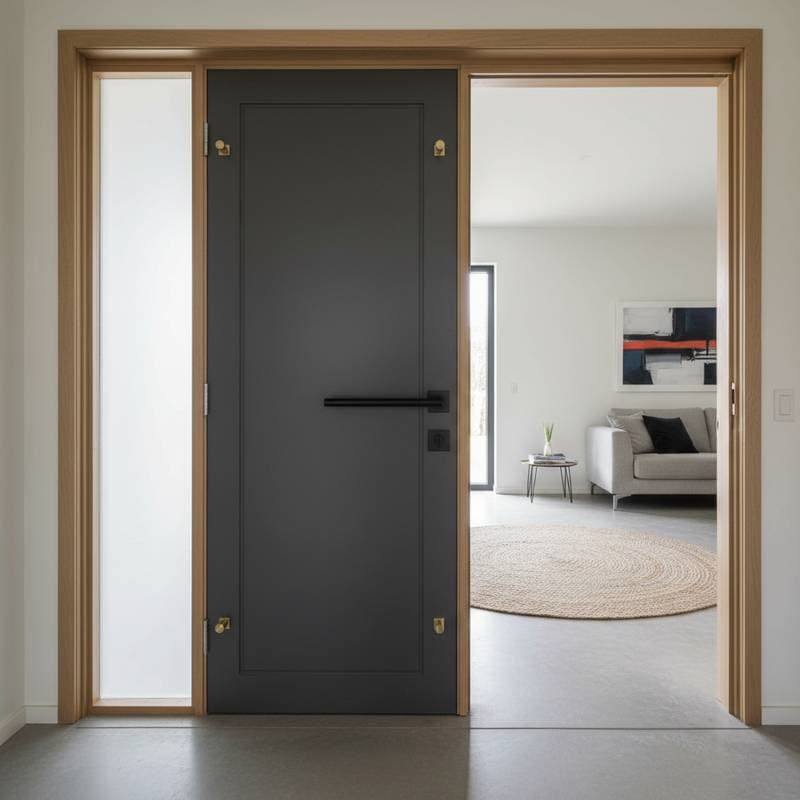Understanding Japandi Brass Door Hardware
Japandi design merges the clean lines of Japanese aesthetics with the functional warmth of Scandinavian style. Brass hardware in this vein features soft, matte finishes that evoke natural evolution, avoiding the shine of traditional polished brass. Interior doors benefit from these elements, as they introduce subtle texture and tone that align with wood grains and neutral palettes.
In 2025, demand for Japandi brass surges due to its versatility in modern homes. Prices reflect quality variations, from basic knobs at $40 to elaborate levers reaching $250 per piece. Factors such as brand, size, and customization influence these figures, making informed selection essential for budget alignment.
Cost Breakdown for Japandi Brass Hardware
Entry-level Japandi brass options suit modest updates, typically ranging from $40 to $100. These include simple round knobs or straight levers that prioritize form without excess ornamentation. Mid-range selections, priced at $100 to $175, incorporate artisanal touches like hand-forged details or integrated pulls for larger doors.
Premium pieces command $175 to $250, often featuring sustainable sourcing or unique patina treatments. Installation adds $50 to $150 per door, depending on complexity and location. Bulk purchases for multiple doors can reduce per-unit costs by 10 to 20 percent through supplier discounts.
Comparing Brass to Other Hardware Options
Debating Japandi brass requires evaluating alternatives for cost, longevity, and aesthetic fit. The table below outlines key differences to guide decisions.
| Material/Finish | Cost Range | Durability | Best Use |
|---|---|---|---|
| Stainless Steel | $10 to $50 | High rust resistance, robust | Modern or industrial environments |
| Nickel (Satin or Polished) | $20 to $80 | Strong, simple maintenance | Transitional spaces |
| Matte Black | $30 to $100 | Attractive, prone to visible scratches | Contemporary or rustic settings |
| Japandi Brass | $40 to $250 | Natural aging, warm presence | Minimalist, nature-inspired homes |
Stainless steel and nickel provide economical durability but miss the inviting glow of brass. Matte black delivers bold contrast, yet it may clash with Japandi's serene vibe. Brass stands out for its ability to mellow gracefully, enhancing rather than overpowering subtle interiors.
Seasonal Considerations for Installation
Door hardware installation occurs effectively throughout the year, though timing impacts ease. Humid periods cause wood doors to swell minimally, potentially complicating latch adjustments. Opt for drier seasons, such as late fall or early spring, to minimize follow-up tweaks and ensure precise fits.
Align hardware upgrades with broader projects like refinishing floors or updating trim. This approach streamlines labor and achieves seamless integration. Professionals often advise advance planning to avoid peak-season delays from contractors.
DIY vs. Professional Installation
Homeowners frequently weigh self-installation against expert services for Japandi brass hardware. Each path offers distinct advantages based on skill level and project scope.
DIY Installation
- Advantages: Reduces expenses, particularly for several doors; requires basic tools like screwdrivers and levels; allows flexible timing without appointments.
- Challenges: Potential for surface scratches or improper alignment; demands accurate measurements to prevent functional issues; complicates setups for locks or privacy mechanisms.
Professional Installation
- Advantages: Ensures flawless positioning and secure mounting; safeguards expensive pieces from damage; accelerates completion, ideal for extensive updates.
- Challenges: Involves additional fees of $75 to $200 per door; requires coordination with schedules; less control over immediate execution.
For standard knobs and levers, skilled DIY efforts suffice with careful preparation. Premium or bespoke hardware warrants professional involvement to preserve value and performance. Always verify compatibility with door thickness and bore sizes beforehand.
Integrating Japandi Brass into Your Space
Japandi brass elevates interiors beyond mere utility, fostering tranquility through its earthy resonance. Pair it with light oak or walnut doors to amplify organic textures. In living areas, select oversized levers for a sculptural touch; in bedrooms, opt for discreet knobs to maintain serenity.
This hardware adapts to various room scales, from compact powder rooms to expansive hallways. Layer with linen textiles and potted greenery for cohesive minimalism. Over time, the developing patina reinforces a lived-in authenticity that deepens emotional connection to the home.
Maintaining Your Investment
Japandi brass thrives with minimal intervention, as its living finish evolves naturally. Dust lightly with a soft cloth weekly to prevent buildup; avoid abrasive cleaners that strip the protective lacquer. For deeper cleaning, use a mild soap solution and dry immediately to deter water spots.
Polish sparingly, perhaps annually, with brass-specific products to refresh without over-brightening. In high-touch zones like entryways, inspect for wear quarterly and reapply sealant if needed. Proper care extends lifespan to decades, preserving the hardware's contribution to timeless design.
Exposure to direct sunlight accelerates patina formation, so position doors thoughtfully. If oxidation appears uneven, gentle buffing restores balance. These routines ensure the hardware remains a durable asset in evolving interiors.


